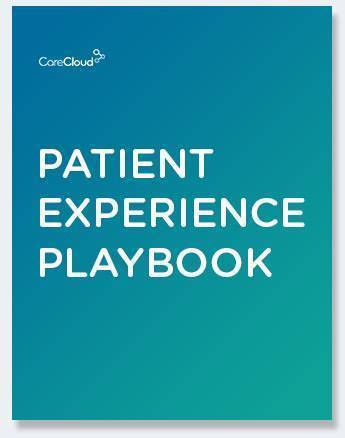The healthcare landscape is an intricate web of regulations, procedures, and codes, with accurate medical billing as a crucial component for healthcare providers to navigate reimbursement processes efficiently. J-codes hold a significant place among the myriad codes utilized in medical billing. In this article, we will delve into the realm of J-codes, shedding light on what they are, how they function, and why they are indispensable for healthcare professionals.
What is a J-Code?
The Healthcare Common Procedure Coding System (HCPCS) is essential for standardized claims in medical billing. While ICD-10 codes handle medical diagnoses and HCPCS Level I codes manage specific medical procedures, J-codes serve a unique purpose. J-codes, part of HCPCS Level II, are alpha-numeric codes designed for non-oral medications.
These medications include a variety of treatments, such as chemotherapy, inhalation products, and immunosuppressant drugs. J-codes for drugs offer a standardized method for medical professionals to report non-oral medications and services that do not fit neatly under HCPCS Level I codes. This ensures accurate and consistent coding for billing and reimbursement purposes in the healthcare industry.
How Do J-Codes Work?
J-codes consist of a letter followed by four numbers, representing specific medications and their dosages within the HCPCS. Physicians pair J-codes with standardized Current Procedural Terminology (CPT) codes when prescribing medication. For instance, if a patient needs 500 mg of tetracycline, the corresponding code might be J0120 with a unit of one.
This combination of J and CPT codes ensures the accurate reporting of medication types and dosages, facilitating the billing process for healthcare providers. To access the necessary Level II codes for non-oral drugs, healthcare professionals can refer to the HCPCS website.
Why Are J-Codes Important?
J-codes are pivotal in determining how managed care organizations reimburse medical providers. Accurate reporting of medical services using J-codes is essential to avoid insurance complications and ensure seamless reimbursement processes.
Using standardized J-codes across all payers reduces the risk of billing errors, enabling companies to receive pass-through payments through government-sponsored healthcare plans. While J-codes offer efficiency, conducting a proper analysis to identify any shortcomings in the billing process is crucial, leading to reduced wasteful spending and increased financial efficiency.
Accurate Medical Billing with CareCloud
For comprehensive medical billing services, trust CareCloud as your reliable solution. CareCloud excels in J-code analysis, ensuring precision in medication billing. Accurate billing is paramount for optimizing efficiency and minimizing insurance complications, and CareCloud is dedicated to delivering top-notch services. With a commitment to excellence, CareCloud empowers healthcare providers by streamlining the billing process, enhancing accuracy, and improving overall operational efficiency.
Know More about J-Code
J-codes apply when administering non-oral medication, such as inhalation solutions, immunosuppressive drugs, and chemotherapy. In medical billing, J-codes are often used in conjunction with other CPT codes, ensuring accurate reporting of procedures.
Accurate reporting is especially crucial when billing for trigger point injections. Medical billers must provide precise information about the injected drug in the trigger point, emphasizing the importance of correct J coding in such scenarios.
How to Submit Claims with J-Codes in Medical Billing?
The Health Insurance Portability and Accountability Act (HIPAA) mandates using a standard coding system for claims. J-codes, specifically designed for drugs administered by healthcare professionals, play a key role in this system. Any medication not self-administered orally must adhere to guidelines for coverage.
Physicians must ensure correct information is provided when administering injectable medications. The J-code, consisting of a letter and four numbers, represents the drug’s name and dosage. However, it’s essential to note that J-codes may not cover immunization drugs and should be accompanied by the CPT code for the physician’s procedure.
How to Ensure Correct J Coding?
The demand for precise coding in medical billing is significant, particularly given the frequent changes and updates. This type of coding introduces an additional layer of complexity, and any inaccuracies may result in claim rejection and revenue loss. For healthcare providers seeking assurance in accurate coding, CareCloud provides expertise in medical coding and billing, including proficiency in J coding. Count on CareCloud to navigate the intricacies of coding, ensuring meticulous attention to detail and compliance with evolving standards. With CareCloud’s specialized services, healthcare providers can mitigate the risk of errors, streamline the billing process, and safeguard their revenue in the dynamic landscape of medical coding.
Conclusion
In conclusion, understanding these codes in medical billing is vital for healthcare providers seeking accurate reimbursement. CareCloud offers specialized solutions to streamline billing processes, ensuring compliance and maximizing revenue. Embrace the power of J-codes to enhance the efficiency of your medical billing practices.

Download the Patient Experience Playbook


